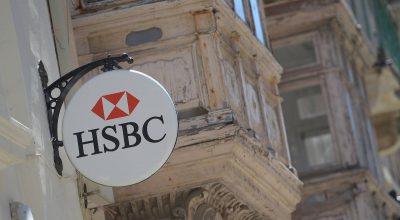Inquiry launched into rapid deterioration of Mtarfa housing estate
Deteriorating concrete pillars in 1996 housing project will cost €2.5 million to repair • Retired judge Philip Sciberras to lead inquiry


Repair works on two blocks at the Binja Buqana housing project at Mtarfa will cost €2.5 million after they were found to be in need of urgent structural works as serious safety problems are being posed to residents and passers-by, Social Solidarity Minister Michael Farrugia said.
Consultants Arup said they had found quality problems in pillars and concrete beams in two of the blocks.
Farrugia ordered an investigation after receiving information relating to the quality of the building. The information was received a few weeks before an inquiry into the concrete used at Mater Dei Hospital was launched.
Further investigations into quality of concrete, this time in housing project commissioned 20y ago. €2.5m repairs exercise underway -JM
— Joseph Muscat (@JosephMuscat_JM) June 19, 2015
The minister said complaints received included requests made to the Housing Authority in the past to examine the building.
Addressing a press conference at the Ministry for Family, Farrugia said: “The residents had been told by the Housing Authority that there were no problems with the structure. The report compiled by Arup shows otherwise. Although the units now belong to the residents, the government will be issuing a tender for repair works.”
A new inquiry led by retired judge Philip Sciberras will examine the circumstances that led to the dangerous situation. Based on the outcome of the inquiry, the government will then seek advice on whether to proceed civilly or criminally against those responsible of the construction and certification.
The inquiry will also determine whether contractors or architects commissioned by the Housing Authority had deceived the authority and whether the authority had been aware of the problems but failed to act.
The 80 units had been built by the Housing Authority between 1994 and 1996.
Farrguia said residents who had bought their dwellings had asked their architects to make various reports highlighting the dangers. Experts had found various structural problems.
In some cases, areas of roof concrete had been prodded and pieces up to a metre had fallen. Other problems included beams which had not been properly covered with concrete and fallen victim to effects of humidity.
“The problems emerging in the building show rapid deterioration of the structure. Although the residents are not in any imminent danger, Arup has recommended steps that need to be taken to avert any risks,” Farrugia said.
He added that the ministry was in continuous contact with representatives of the residents to keep them informed.



.png)
.png)

.jpg)


.png)

.jpeg)




.png)



